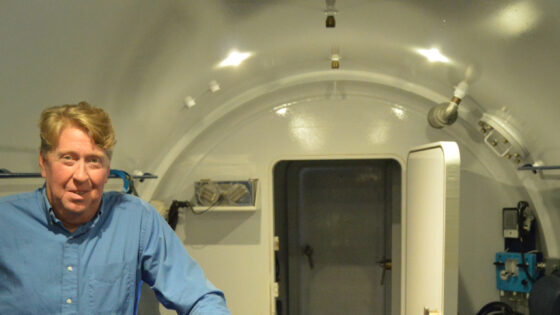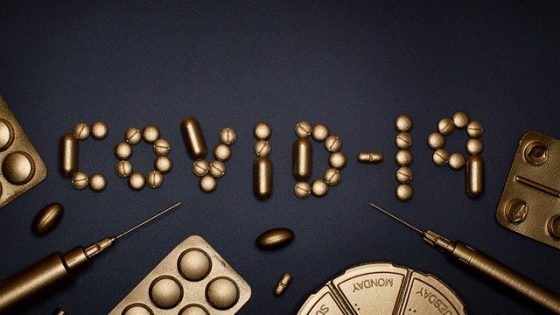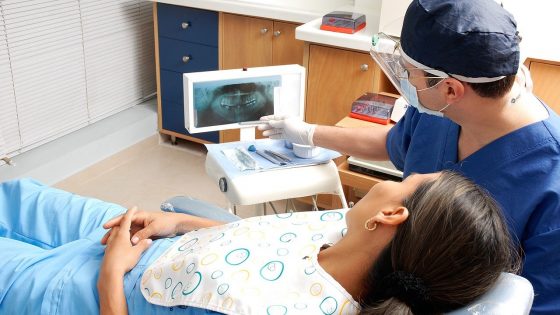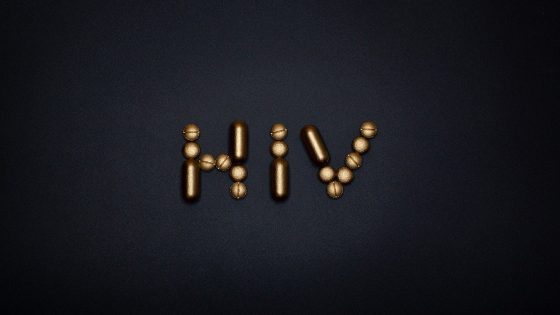DNA cross-linking agent
A substance that binds DNA nucleotides together and blocks DNA synthesis. In cancer treatment, DNA cross-linking agents may kill cancer cells by damaging their DNA and stopping them from dividing.
DNA gene-expression microarray
A process that allows thousands of pieces of DNA that are fixed to a glass slide to be analyzed at one time. It is used to identify the genes (pieces of DNA) in specific cells or tissue that are actively used to make RNA, which then may be used to make proteins.
DNA intercalating agent
A substance that inserts itself into the DNA structure of a cell and binds to the DNA. This causes DNA damage. In cancer treatment, DNA intercalating agents may kill cancer cells by damaging their DNA and stopping them from dividing.
DNA methylase
An enzyme (a protein that speeds up chemical reactions in the body) that attaches methyl groups to DNA. A methyl group is a chemical group containing one carbon and three hydrogen atoms. Also called DNA methyltransferase.
DNA methyltransferase
An enzyme (a protein that speeds up chemical reactions in the body) that attaches methyl groups to DNA. A methyl group is a chemical group containing one carbon and three hydrogen atoms. Also called DNA methylase.
DNA repair deficiency syndrome
A type of inherited disorder caused by mutations (changes) in certain genes involved in DNA repair. Changes in these genes can cause breaks, rearrangements, and other problems in the DNA. There are many different types of DNA repair deficiency syndromes. Most of these syndromes are marked by growth and developmental problems, premature aging, and disorders of the skin and nervous system. Having a DNA repair deficiency syndrome may increase a person’s risk of certain types of cancer. Also called DNA repair disorder.
DNA repair disorder
A type of inherited disorder caused by mutations (changes) in certain genes involved in DNA repair. Changes in these genes can cause breaks, rearrangements, and other problems in the DNA. There are many different types of DNA repair disorders. Most of these disorders are marked by growth and developmental problems, premature aging, and disorders of the skin and nervous system. Having a DNA repair disorder may increase a person’s risk of certain types of cancer. Also called DNA repair deficiency syndrome.
DNA replication
The process by which a copy of the DNA in a cell is made before the cell divides.
DNA sequencing
A laboratory process used to learn the exact sequence (order) of the four building blocks, or bases, that make up DNA. Information is stored in DNA in a code made by arranging the four bases (identified by the letters A, C, G, and T) in different orders. DNA sequencing can be used to find DNA mutations (changes) that may cause diseases, such as cancer.
DNR order
A type of advance directive in which a person states that healthcare providers should not perform cardiopulmonary resuscitation (restarting the heart) if his or her heart or breathing stops. Also called do not resuscitate order.













